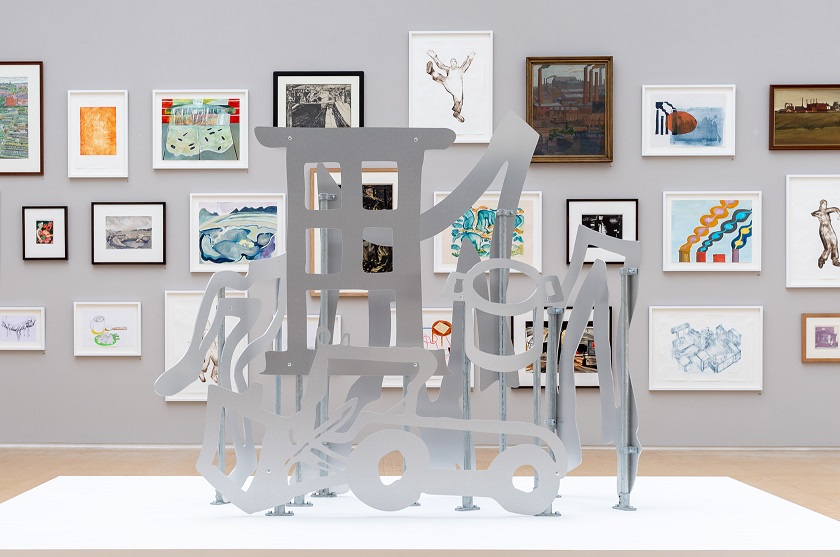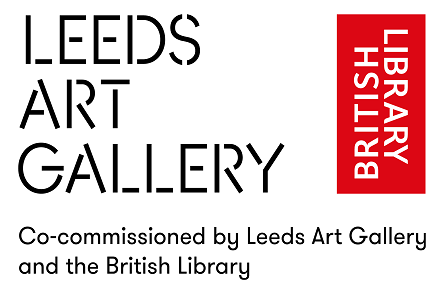This video brings together a patchwork of everyday stories of local resonance from over the last 100 years both from work and home lives. A common thread running through them are spontaneous interruptions of a more wondrous, expressive or extraordinary nature, such as singing or dancing which can be read as rebellious acts of joy.
The footage includes images of the grounds of Temple Newsam around The Shrogs. This area was once a mine site as featured in Open-cast Coal Workings, Temple Newsam, a watercolour by Effie Hummerston from Leeds Art Gallery’s collection. The film also shows the architecture, landscape and machinery of Armley Mills and sheep from Meanwood Valley Urban Farm as well as historic photos from the Leodis Archive featuring crowds at celebrations in Leeds, including the Bramley Carnival and the Leeds West Indian Carnival. These are interwoven with clips of the artist working and dancing in her studio. Taking inspiration from Leeds Art Gallery and the British Library collections, the artist’s movements recreate miners working, labourers driving a bulldozer or people cleaning, alongside other more playful gestures.
Moving images are played over a range of excerpts of sound recordings from the British Library’s sound archive featuring residents of Yorkshire during the 20th century. These include references to traditional cleaning practices and home-made remedies, workers learning and singing songs in constructions sites and experiences of multicultural communities in Chapeltown, as well as examples of childhood songs and memories.











